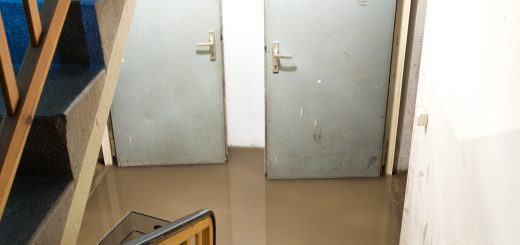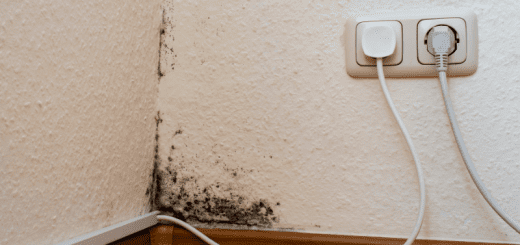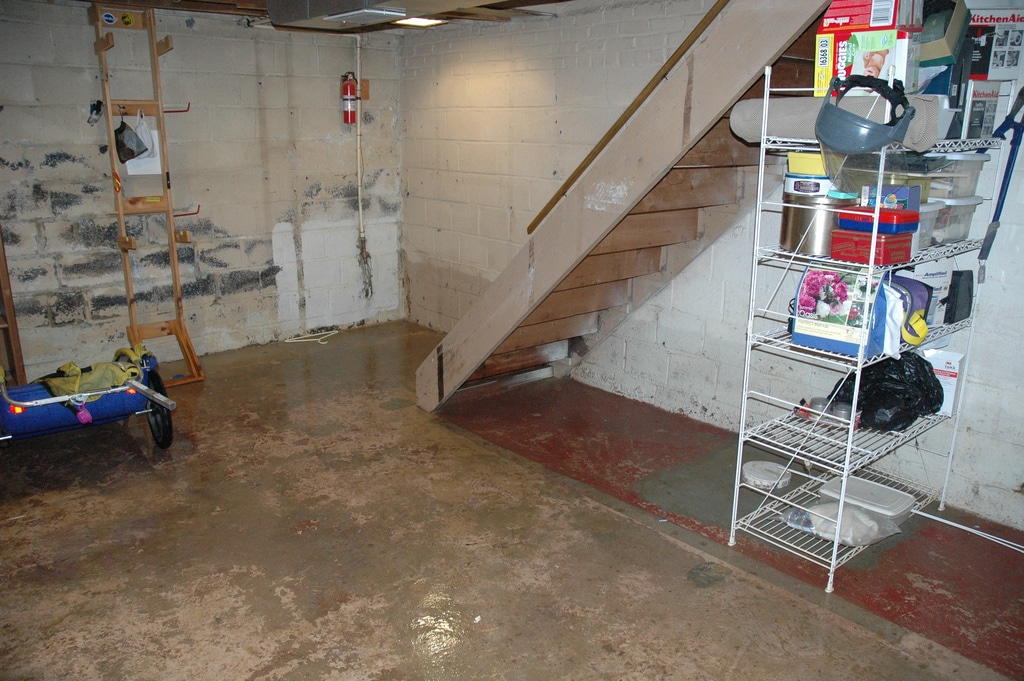Long-Term Damage Caused by Flooding
Nature can cause major upheavals when rivers overflow, hurricanes hit, and flash floods occur. Manmade disasters, too, like burst plumbing pipes, faulty dishwashers or broken washing machine hoses, are responsible for home flooding. Every property is at risk for floodingFlooding is the overflow or accumulation of water in areas t... More. The long-term consequences are as disastrous as the immediate ones.
1. Psychological Damage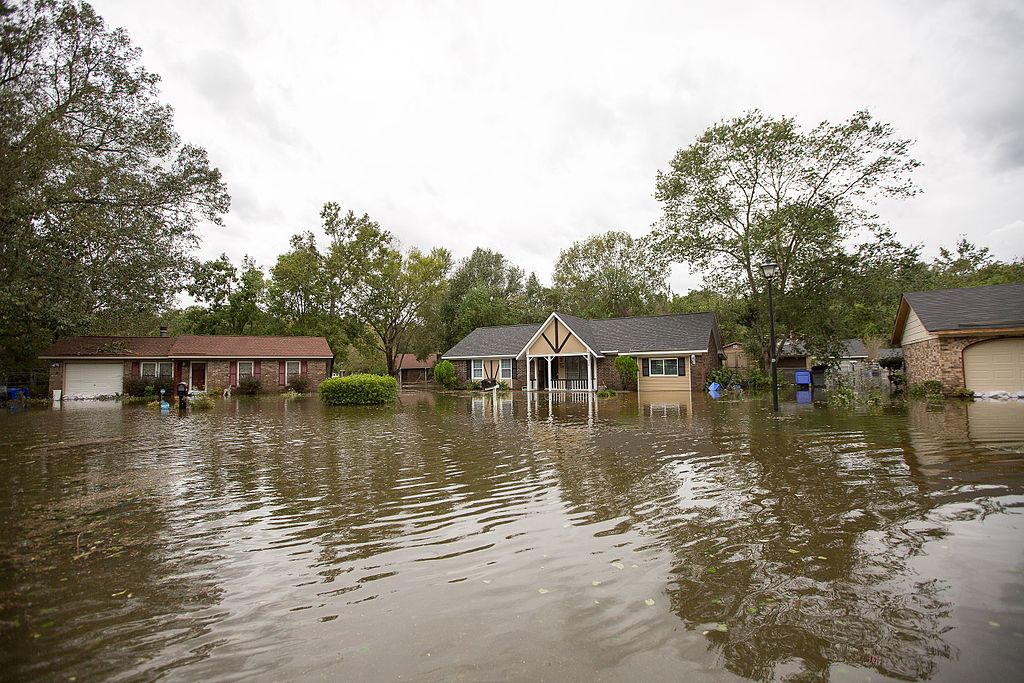
People feel fear and worry in the immediate aftermath of a flood. However, those who are hit by a flood also undergo long-term impacts. Any major flood is a traumatic event. Once the initial fear wears off, flood victims experience a range of continuing psychological consequences.
People struggling to recoup after a flood disaster may find themselves having trouble sleeping. Heightened anxiety, anger, and depression may also result. Others may lose their appetite. Aid organizations like the American Red Cross offer mental health services to address the psychosocial needs of flood victims.
Fortunately, relief organizations that come to the aid of flood victims bring a wealth of protective measures. Their swift support improves the long-term psychological well-being of those entangled in the crisis. Social support is key to mitigating the longstanding emotional distress of victims.
2. Physical Destruction
A natural flood leaves absolute ruin in its wake. Roads, bridges, residential properties and farms are destroyed. Businesses, too, either shut down or take years to reopen. Ample financial resourcesResources include tools, personnel, equipment, and materials... More and several years are required to rebuild a town damaged by natural floods.
3. Economic Consequences
The economic impacts of floods are dire. When a flood ravages through a vicinity, it takes teams of local officials, such as firemen and other emergency personnel, to address the damage and rescue flood victims. The services of officers and paramedics come at a hefty cost to local governments.
Property owners without flood insurance from the National Flood Insurance Program (NFIP) are at a disadvantage when it comes to restoring their home or business. A 2,000-square-foot home with a foot of floodwater may be repaired for $50,000—a hefty cost for any homeowner to bear.
Given the NFIP is a government program, taxpayers pay significantly for the costs of floodingFlooding is the overflow or accumulation of water in areas t... More when the NFIP goes into debt. In 2018, for instance, the NFIP was in debt to the tune of $39.4 billion—which increased the national deficit.
4. Increased food prices
Food prices skyrocket when floodwaters affect crops. The spike in prices for such foods as soybeans, rice, corn and meat are a long-term result of floodingFlooding is the overflow or accumulation of water in areas t... More. When farm fields flood, farmers are unable to plant grains. Consequently, consumer food prices rise or a short supply of grains threatens communities.
Similarly, gasoline prices rise in the aftermath of floodingFlooding is the overflow or accumulation of water in areas t... More. Prices for ethanol, which is an additive to gasoline, rise by 10 percent after floodwaters hit. The cost of crops, like corn, also rises and impacts gas prices. FloodingFlooding is the overflow or accumulation of water in areas t... More shuts down pipelines and plants that produce ethanol, again spiking gasoline prices.
Oil prices soar upward when floodingFlooding is the overflow or accumulation of water in areas t... More shuts down major pipelines. The country’s largest oil storage hub in Cushing, Oklahoma, was shut down in May 2019 due to floodingFlooding is the overflow or accumulation of water in areas t... More. When oil refineries are unable to receive a steady oil supply, consumers pay higher oil prices.
5. Environmental Destruction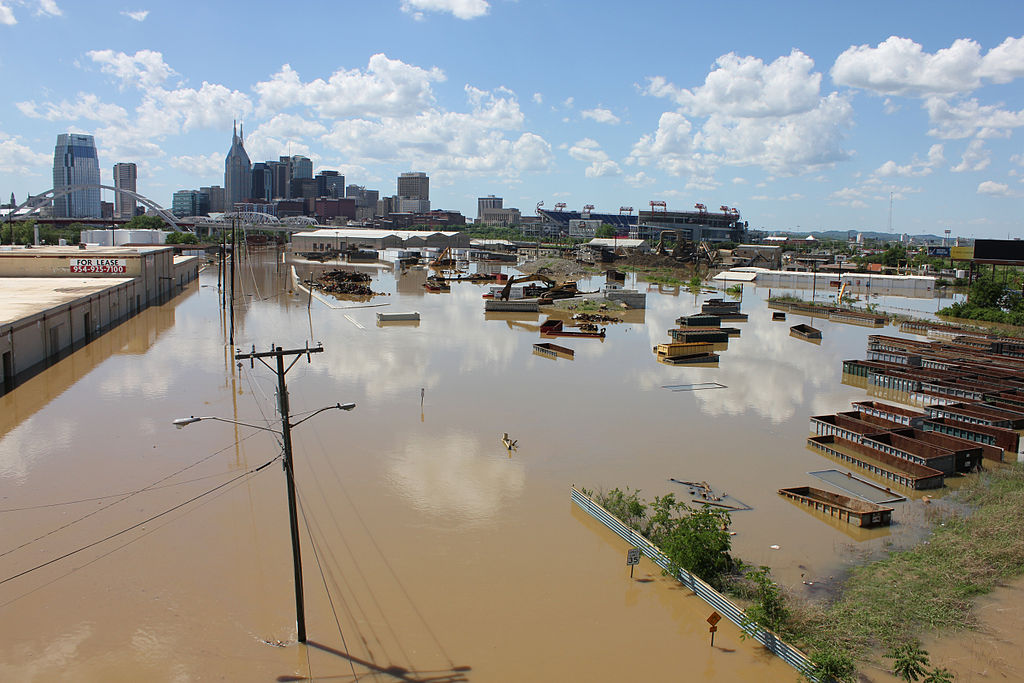
Floodwaters tear through the environment, including farmlands, stripping soils of their much-needed nutrients. While farmers experience higher costs to recoup the damage caused by floodingFlooding is the overflow or accumulation of water in areas t... More, fertilizer companies benefit. Farm animals, too, are often killed in the disastrous wake of floodwaters.
Aside from damage to farmland, water bodies are contaminated by floods. Floodwaters contain exorbitant amounts of pollutants, from raw sewageSewage is wastewater containing biological and chemical cont... More to toxic substancesToxic substances are chemicals or materials that can cause h... More. When people come into contact with floodwaters, they may suffer from lasting consequences of infections and waterborne diseases.
6. Loss of Life
The ultimate long-term result of floodingFlooding is the overflow or accumulation of water in areas t... More is the loss of life, whether human or animal. Since 2015, an average of 100 people in the United States are fatally injured every year due to floods. Pets, too, are irreplaceable, and their loss impacts their owners for years to come.
Heavy rainfalls are responsible for the increase in precipitation, and, therefore, floodingFlooding is the overflow or accumulation of water in areas t... More. While coastal floodingFlooding is the overflow or accumulation of water in areas t... More is common, more instances of floodingFlooding is the overflow or accumulation of water in areas t... More are occurring inland. As climate change affects rainfall, floodingFlooding is the overflow or accumulation of water in areas t... More is expected to increase and potentially take more human life.
7. Structural Damage to Homes and Buildings
FloodingFlooding is the overflow or accumulation of water in areas t... More, whether natural or due to human error, is disastrous to homes and businesses. Even floodingFlooding is the overflow or accumulation of water in areas t... More that is minimal can rapidly cause a significant amount of water damage. Because homes and businesses heavily feature porousPorous describes a material that contains small openings or ... More materials, like drywall, insulationInsulation is a material used in buildings to reduce the tra... More and wood, they are apt to undergo significant ruin in the wake of floodingFlooding is the overflow or accumulation of water in areas t... More.
As soon as floodwaters recede, consult the best in water damage restoration. A premier water damage restoration business is prepared to return any water damaged home or business to its pre-loss condition.
Work with a Water Damage RestorationWater damage restoration is the professional process of clea... More Company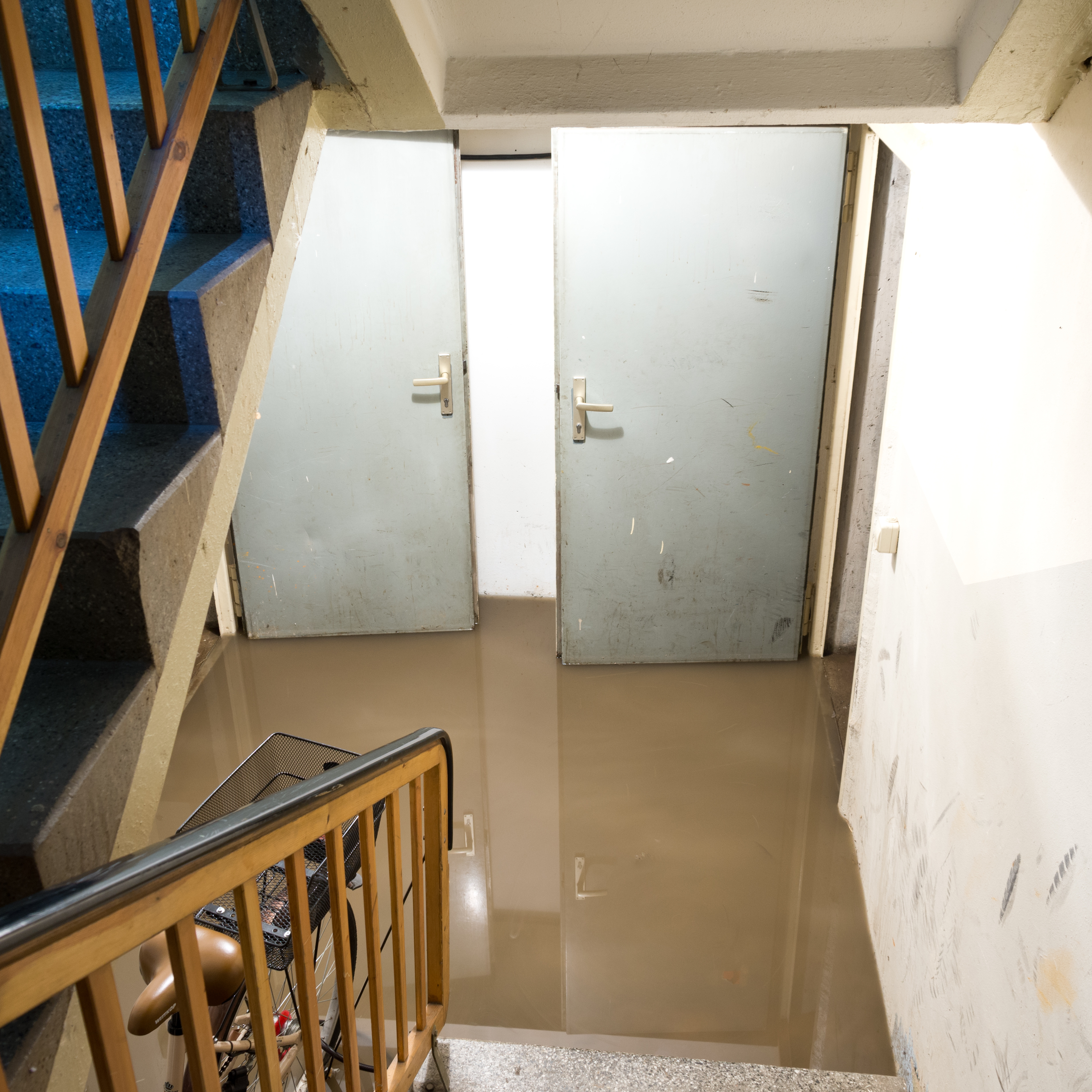
Experienced technicians arrive onsite immediately after a call to assess the damage and develop a restorationRestoration is the process of returning a property to its pr... More plan. Once the source of water damage is identified, the specialists quickly perform repairs to prevent further damage. Using advanced water extraction equipment, the technicians proceed to thoroughly dry the premises. The tools used to remove water are powerful enough to eliminate even standing floodwater.
DryingDrying is the process of removing moisture from materials, s... More the area with dehumidifiers and air movers is among the final steps in the water damage repairRepair is the act of fixing or restoring damaged property, m... More process. Specialists are also skilled in repairing structural damage.
Water damage is a crisis situation. Significant structural damage, such as weakening and rotting of porousPorous describes a material that contains small openings or ... More materials, can occur if the homeowner or business owner fails to address the water damage right away. Rotting can severely compromise the structural integrity of the building. Additionally, moldMold is a type of fungus that grows in damp or humid conditi... More colonies will take hold within 24 to 48 hours when excess moisture is present.
Available 24/7
Before water damage has its chance to adversely affect your property, call a water damage repair professional as soon as the damage is evident. Their technicians respond immediately to emergency calls, and stand by 24 hours a day, 7 days a week.










